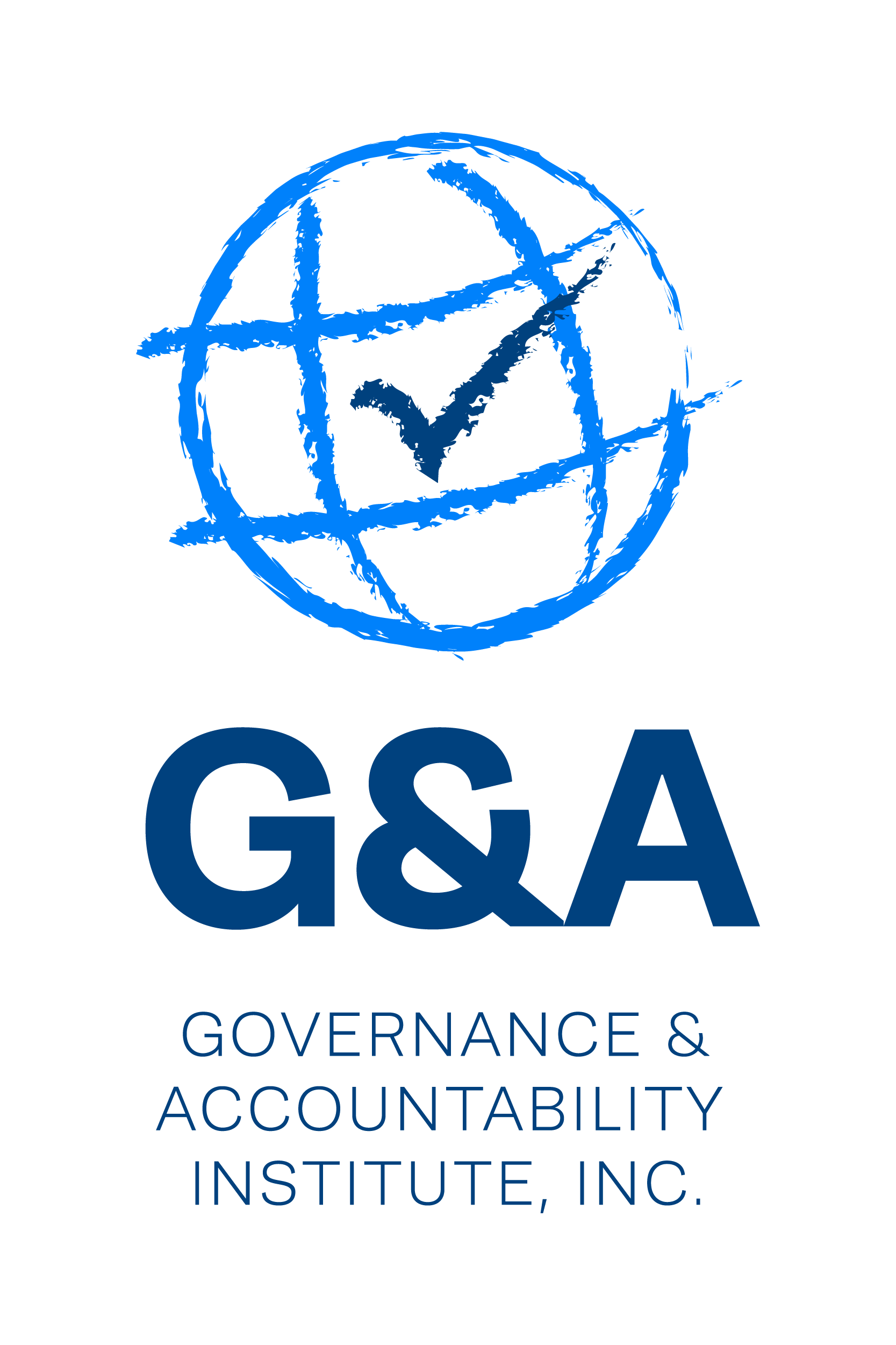Attention Finance Officers - The Sustainability Journey & The Company's Bottom Line
G&A's Sustainability Highlights (9.15.2021)
Attention Finance Officers - The Sustainability Journey & The Company's Bottom …
When corporate managers talk about their company’s ESG and sustainability efforts it is most often now in the context of “our corporate sustainability journey.” The hallmarks of this journey are continuous improvement in the enterprise’s ESG performance indicators and ever-increasing and more robust disclosure to inform investors and other stakeholders.
G&A Institute began tracking the reporting of sustainability journeys by companies in the S&P 500 Index in 2011, when we determined that about 20 percent of those firms published a formal sustainability or corporate responsibility report. That percentage grew quickly to 50% and on to 70% and to the current 90%. As we analyzed the data and narrative that was being shared, it become clear that the corporate financials were an increasingly important element of the company’s ESG story.
The World Economic Forum (WEF) is talking about that now; the WEF posits that there is growing evidence that strong ESG credentials can improve the corporate bottom line, improve access to capital, and lower the cost of capital. The WEF recommends that CFOs should take on the responsibility of aligning their company’s ESG and financial goals. (Until recently, WEF points out, the CFO would not have included sustainability in an analysis of what affects the bottom line.)
The WEF points to evidence of a strong correlation between financial and ESG performance. There are cost savings in reducing energy usage, more efficient use of resources, and new business opportunities presented. Deloitte predicts that by 2030 (only 400+ weeks away), organizations committed to sustainability as embodied in the Sustainable Development Goals will generate US$12 trillion in savings and gain of new revenues (for energy, cities, food, and health).
In our Top Story we’re sharing the WEF’s perspectives as authored by CEO and Executive Director Sanda Ojiambo of the UN Global Compact. There are examples of “better outcomes” when CFOs embrace sustainability – Enel of Italy, Tesco of UK, Chanel of France. These firms issued sustainability-linked bonds to raise capital. JP Morgan predicts that bonds linked to the issuer meeting environmental goals could reach US$150 billion by the end of this year.
The UN Global Compact organized a “CFO Taskforce” in December 2019 to engage CFOs worldwide; to integrate the SDGs into corporate strategy, finance, and IR; and, to create a broad, sustainable finance market. There are 50 members in the task force today; the aim, CEO Sanda Ojiambo writes, is to have 1,000 members by 2023.
The shift of corporate business models from focusing primarily on shareowners and short-term expectations to “broader, more sustainable, and equally profitable alternatives” is creating more opportunity for the finance executive to become more instrumental in helping to shape a sustainable future, she writes.
In the G&A team’s conversations with corporations about sustainability topics and issues, the good news is that many more finance and investor relations executives are an important part of the conversations and decision-making about their firm’s sustainability reporting and are focused on the disclosure and organized reporting of their firm’s ESG efforts.
We’re including a report from Entrepreneur about the growth of Sustainability Investing from 2019 to 2020. And, to underscore the importance of sustainability-linked corporate bonds, two other items: the news from Eli Lilly of its issuance of a €600 million sustainability bond; and Walmart will issue a US$2 billion sustainability bond (first for the largest retailer in the U.S.).
Opportunity from S&P Global
S&P Global is looking for a Senior Corporate Engagement Specialist. Details here.
This is just the introduction of G&A's Sustainability Highlights newsletter this week. Click here to view the full issue.

